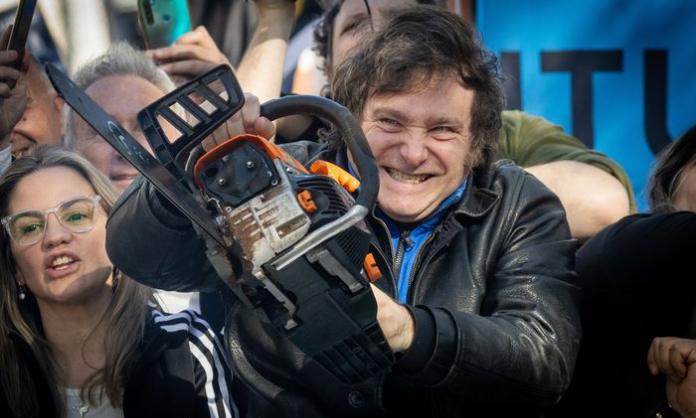Today marks 44 years since Australia’s worst industrial accident. On 15 October 1970 at 11:50am, a span of Melbourne’s West Gate Bridge, which was under construction at the time, collapsed, killing 35 workers.
That disaster is a powerful reminder of the importance of workplace safety. Young men arrived for work, yet never arrived home that night.
The span consisted of two steel sections, each weighing 2,000 tonnes. They were jacked into place, but did not align correctly. In an attempt to remove a bulge in the steel, ten 8-tonne blocks were placed on the span.
The bulge remained. Chief engineer Jack Hindshaw ordered boilermaker Barney Butters and his trades assistant Des Gibson to remove bolts in order to eliminate the problem. The pair was instructed to tighten them until they snapped. The metal workers' union site organiser, Jim O’Neill, reflected years later: “This action was without any consultation with the unions, the safety committee, or the workforce. If we had known we would never have agreed to this procedure.
O’Neill recalled that “the steel was turning blue, the rust was spitting off, and there was a groaning noise”. Then tragedy struck. “With a loud bang the span broke and came down. The disaster happened. Thirty-five of our workmates including the crew removing the bolts were killed in a tangled mess of steel.”
Bob Setka, father of John Setka, current Victorian secretary of the construction division of the CFMEU, assisted his injured workmates and was the last man rescued following the collapse.
John Cummins, who later became the last Victorian secretary of the Builders Labourers’ Federation, and then president of the construction division of the CFMEU, worked on the West Gate project as a scaffolder.
At the 2004 West Gate Bridge Memorial service, Cummins was the keynote speaker. He said: “We think there is a correlation between safe workplaces and organised workplaces. We think that is one of the unmistakable lessons that have come out of the construction of the West Gate … Leaving job safety to others, or taking it for granted, are recipes for injuries and worse. And this is not going to be tolerated by any of us.”
Cummins went on to become a legend of the trade union movement. Others who worked on the bridge included Paddy Donnelly, who became an organiser with the BLF; Pat Preston, who became the safety officer at the CFMEU; and Tommy Watson who was Victorian secretary of FEDFA (crane drivers), and then assistant secretary of the CFMEU following amalgamation.









